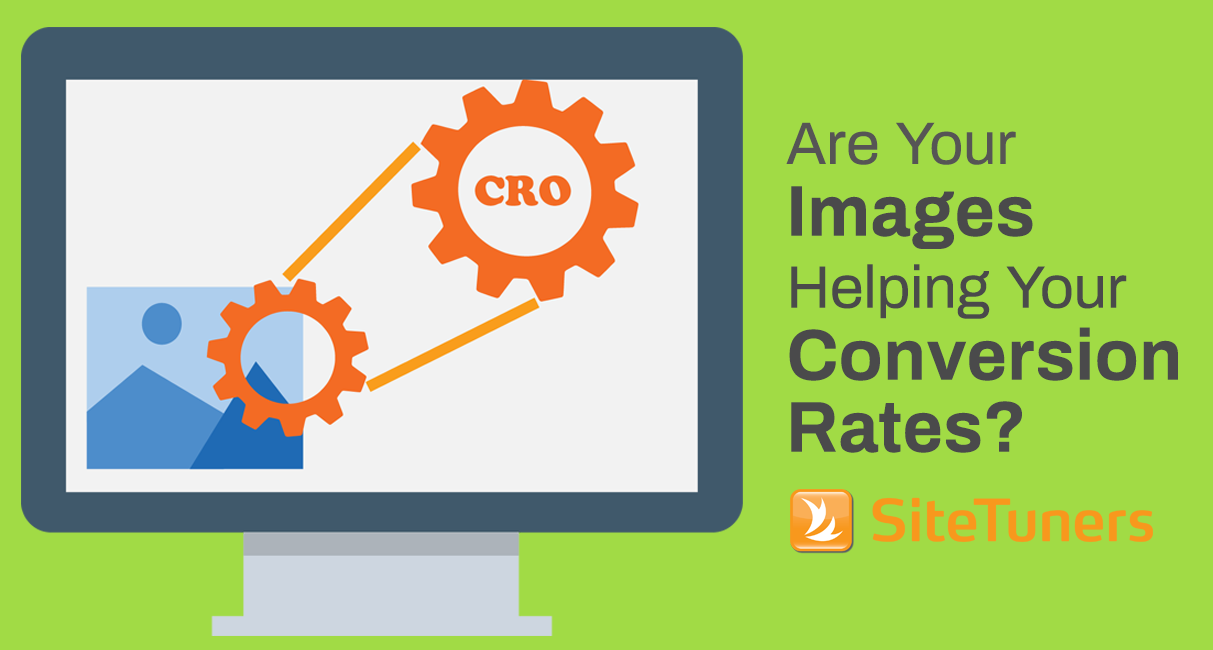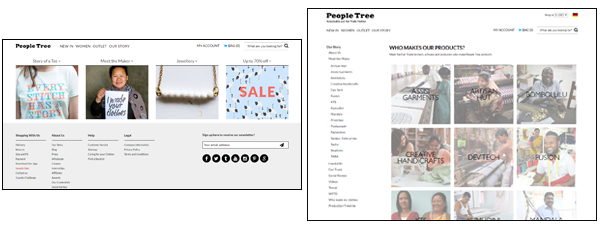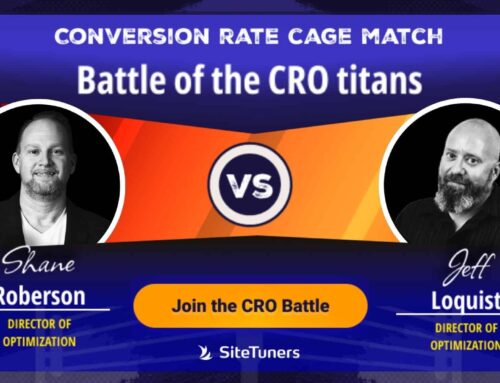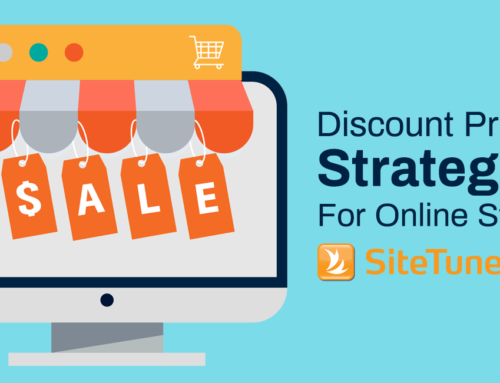
Images are powerful tools for capturing and maintaining visitor interest and engagement on a web page. By nature, humans are drawn to images and process visual information faster than text. Our brain forms impressions of things we see in as fast as 1/20th of a second.
Our visual judgement is almost instantaneous.
Put simply, your choice of images on your website directly influences visitor perception of your brand and organization. Prospects will judge your credibility and trustworthiness based on the quality and the ideas conveyed by visual elements.
Picking out the right image isn’t an easy task. Here are some questions you should ask to make sure your images help boost conversions:
1. What emotions do your images evoke?
Contrary to popular belief, humans are not logical creatures – majority of our decisions are actually driven by emotions.
A lot of our choices are made not through conscious, active thought but by how we feel about them. This is because it’s the emotional “reptilian” brain that’s in-charge 99 percent of the time rather than the neo-cortex. For something to even be processed by the limbic system (responsible for socialization) and the neo-cortex (responsible for rational decisions), it must first pass through the reptilian brain.
The great news is that the reptilian brain is visually oriented – it notices and processes images rapidly. This explains why pictures always appear novel and interesting to us. This fascination can be a double-edged sword, however. On the one hand, images can instantly attract and engage web visitors. On the other hand, they can evoke emotions that may or may not be helpful to you and your visitors’ goals.
So be careful when choosing visuals for your web site and landing pages. Make sure they inspire emotions that nudge visitors closer to conversions. Learn which emotions are more effective at pushing your visitors’ ‘buy’ buttons so you can plan the use of photos and images on your site. In some instances, you would benefit from images that bring out positive emotions in your prospects. However, there are also situations where you’re better off evoking not-so-positive emotions, such as fear and sense of loss, to move customers to action.
Fear is inherent in e-Commerce. Find out what it means to online marketers .
Read 4 Ways Fear is Part of the Conversion Process – And What it Means for You
2. Can you use a mascot?
‘Want to build character for your company? Try using a mascot. Mascots aren’t just fun – they also create a face for your company and helps with brand recognition.
Consider some of the world’s most popular brands: Frosted Flakes has Tony the Tiger, Michelin has Bibendum a.k.a. the Michelin Man, and McDonald’s has Ronald McDonald and a bunch of his friends.
Aside from building brand image, a mascot helps you instantly connect with your prospective customers. It becomes the embodiment of your values as an organization, and people are reminded of these values every time they see your mascot.

Bibendum, more popularly known as the Michelin Man, says ‘reliable tires’ to people all over the world.
3. What “image” do your images convey?
In the online world, image is everything.
By “image” we mean how your visitors perceive your brand and company. And as we mentioned previously, visitors judge you instantaneously based on what they see on your site.
Make sure the images you use support the impression you’re trying to form in your prospect’s mind. Don’t put images that undermine your credibility and increase visitor doubts about your authenticity as a company. Avoid cheap-looking stock photos – they may be cost-effective, but they also make you look like a cookie-cutter company.
If you want visitors to think of you as an industry leader, choose images that tell them so. Use high-quality photos of your products or real people in your company rather than cheesy pictures of unbelievably great-looking professionals hovering around a conference table. Eyetracking studies reveal that real people attract web users’ attention, while stock photos of models tend to get ignored.
4. Do your images validate your value proposition?
If you’re going to pepper your site with praises for your company, make sure they come from your customers. Let your customers do the talking for you through testimonials, and amplify the effect of social proof by including a photo or video of real people with their rave reviews.
Testimonials are powerful because they assure people that others have tried your products or services and have gotten positive results. They provide people a somewhat impartial view on the safety or efficacy of your offers. When testimonials are coupled with images of your happy customers, they further increase your prospects’ confidence that they too, won’t end up regretting their purchase decision.
 The testimonials on Hotjar’s home page are even more persuasive and seem more authentic because they’re paired with the clients’ photos.
The testimonials on Hotjar’s home page are even more persuasive and seem more authentic because they’re paired with the clients’ photos.
5. Do your images tell the story of your brand?
Use images to bare your company’s heart. Let visitors and customers know what your company stands for by displaying candid photos of your physical locations and the people who work there. ‘Want to create an image of fun or goodness? Show behind-the-scenes images of how your staff enjoy what they do or what it’s like during company trips and gatherings.
Providing visitors and customers a glimpse into your organization allows you to connect with both potential and existing customers. Visitors who haven’t had any experience with you are assured that you’re not some shady, fly-by-night company. Your customers, meanwhile, get to know your company better – this will solidify their trust and loyalty in your brand and products.

People Tree, a pioneer in ethical and environmentally sustainable fashion, tells the story of the company by showing photos of the people who make the clothes they sell.
Putting It All Together
The right images boost conversion because people buy with their emotions. Choose your images wisely so they improve your brand perception, build trust, and strengthen your connection with visitors and customers.




